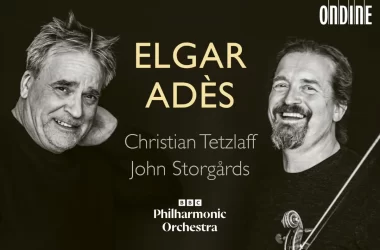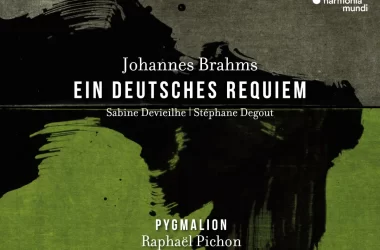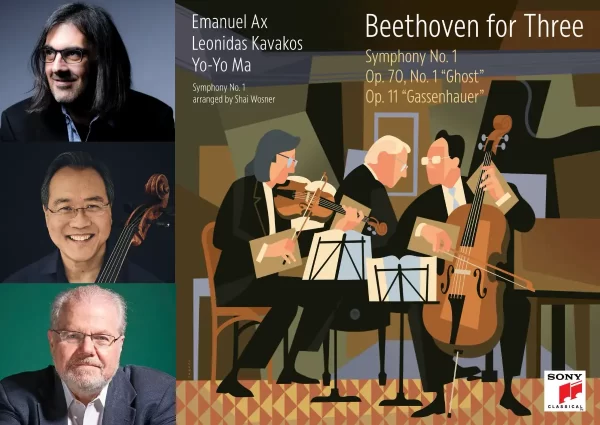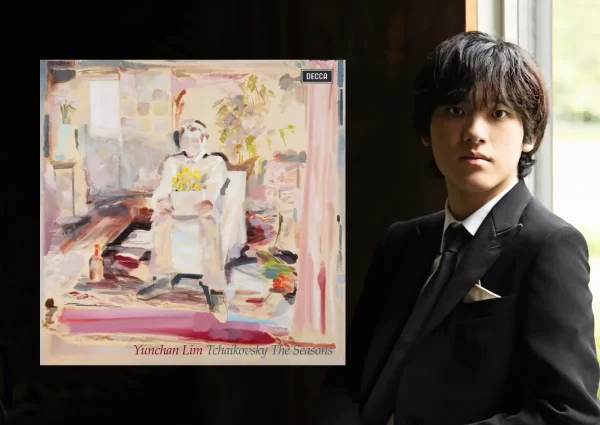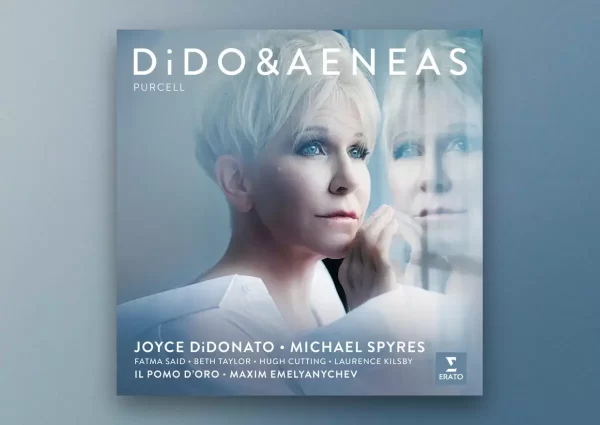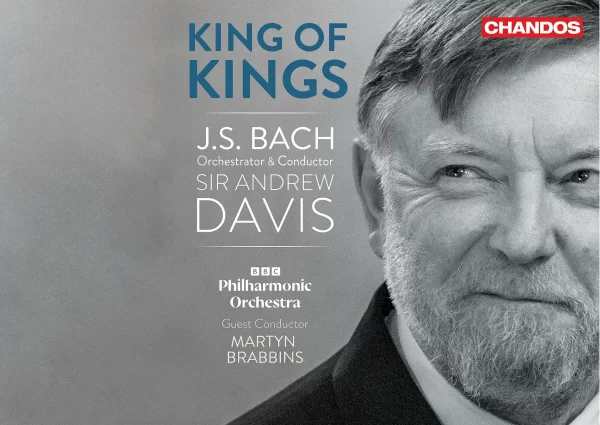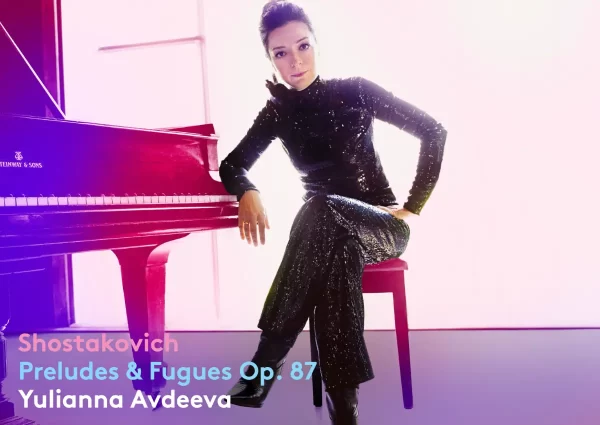Having been impressed with these forces’ recording of Vaughan Williams’ fourth and sixth symphonies (2021), I was keen to hear this new release. Symphony No. 5, which uses material from “The Pilgrim’s Progress” opera strives for an almost spiritual ecstasy, whereas the Ninth, completed in the composer’s eighty-fifth year, is emotionally fraught and abstruse.
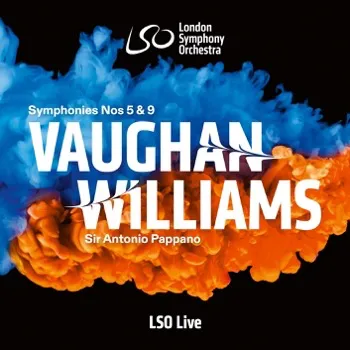
The Fifth’s first movement is gentle yet urgent, with a palpable sense of involvement from the players. Many of them must have played this symphony dozens of times, yet here there is a sense of new discovery. Pappano takes 12 minutes, roughly the same as Thomson and Hickox in their recordings (both with the LSO on Chandos). Pappano elicits sharper articulation—sample the beginning of the Development at 5’25”—with greater cut and thrust, like Barbirolli’s 1962 classic Philharmonia Orchestra recording (Warner Classics). The movement’s climax (8’40”) is potent, without matching the transcendence of Thomson’s version.
The Scherzo, marked Presto Misterioso, is quick, less mysterious than some, but the characterful playing (especially from the winds) is a joy to hear. Luscious strings usher in the Romanza’s opening English Horn solo, gorgeously played by Augustin Gorisse. The richness of the strings suggest Pappano has built their sound from bottom to top. He is masterful building up to the central climax, making it the true emotional highpoint of the work. The Finale’s passacaglia moves from struggle to serenity, eventually recalling material from the opening movement. The coda offers more exquisite string playing, and Pappano draws special attention to the “Alleluia” quotation (taken from “Lasst uns erfreuen,” a German tune the composer harmonized and included in the 1906 English Hymnal). A lovely, sublime performance.
The Ninth Symphony was originally meant to be programmatic, depicting Salisbury and Stonehenge; later, Thomas Hardy’s “Tess of the d’Urbervilles”. But when completed, Vaughan Williams insisted the symphony was absolute music. Nevertheless, its wide range of atmosphere and wandering harmonies, surely has roots in its original inspirations. An important reference is the recording of the premiere, played by the Royal Philharmonic under Malcolm Sargeant on April 2, 1958. Vaughan Williams, actively involved with preparations for the concert and was unsatisfied with the orchestra’s progress, so he paid for an additional rehearsal. Sargeant’s timing (30’50”) is most likely what Vaughan Williams intended. Yet Andrew Manze’s recent Royal Liverpool Philharmonic recording (Onyx) takes 40’41” and Bernard Haitink’s London Philharmonic reading (Warner Classics) is 36’30”. Both uncover interesting orchestral details, but both strive to integrate material that is meant to be discursive.
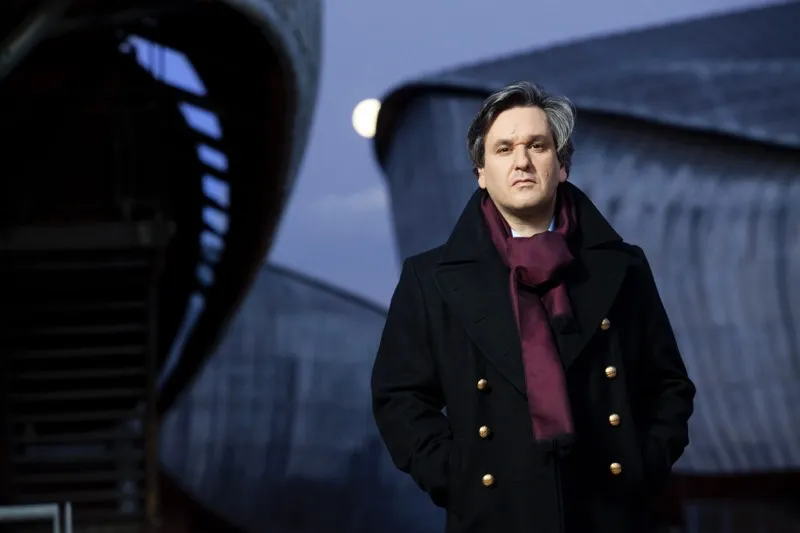
Sir Antonio Pappano (image: © Musacchio & Ianniello)
Pappano’s 36’31” matches Haitink and is slower than my main recommendations (Thomson/ LSO/31’03” and Andrew Davis/Bergen Philharmonic/33’33” – both on Chandos). But Pappano’s clear articulation, rhythmic clarity, wide variety of tempo changes and generous rubato, make for compelling listening. Disparate emotional states have their own space, and Pappano never tries to integrate disparate ideas into an organic whole. And the recording’s clarity highlights the distinctive colors of flugelhorn and three saxophones. The Scherzo has acerbic menace, and when the final movement ends (with three crashing waves as if the composer is recalling the opening of his Sea Symphony), I felt equivocal and uncertain, which I believe is what the composer intended.
In short, two excellent performances that delve into the heart and spirit of each work. The Barbican Hall acoustic is honest but does little to compliment the orchestral sound. Climaxes have power and volume but feel contained, the sound never able to fully bloom. How I wish we could hear these performances better recorded in one of the city’s churches. Nevertheless, with extensive linter notes (including a full listing of orchestra personnel) this is another impressive release in the orchestra’s latest Vaughan Williams symphony cycle.
Recommended Comparisons
Barbirolli | Davis | Manze | Haitink | Thompson

Album Details |
|
|---|---|
| Album name | Vaughan Williams Symphonies No. 5 & 7 |
| Label | LSO Live |
| Catalogue No. | 0900 |
| Artists | London Symphony Orchestra, Sir Antonio Pappanbo |
Included with an Apple Music subscription:
Available on Presto Music
Latest Classical Music Posts





